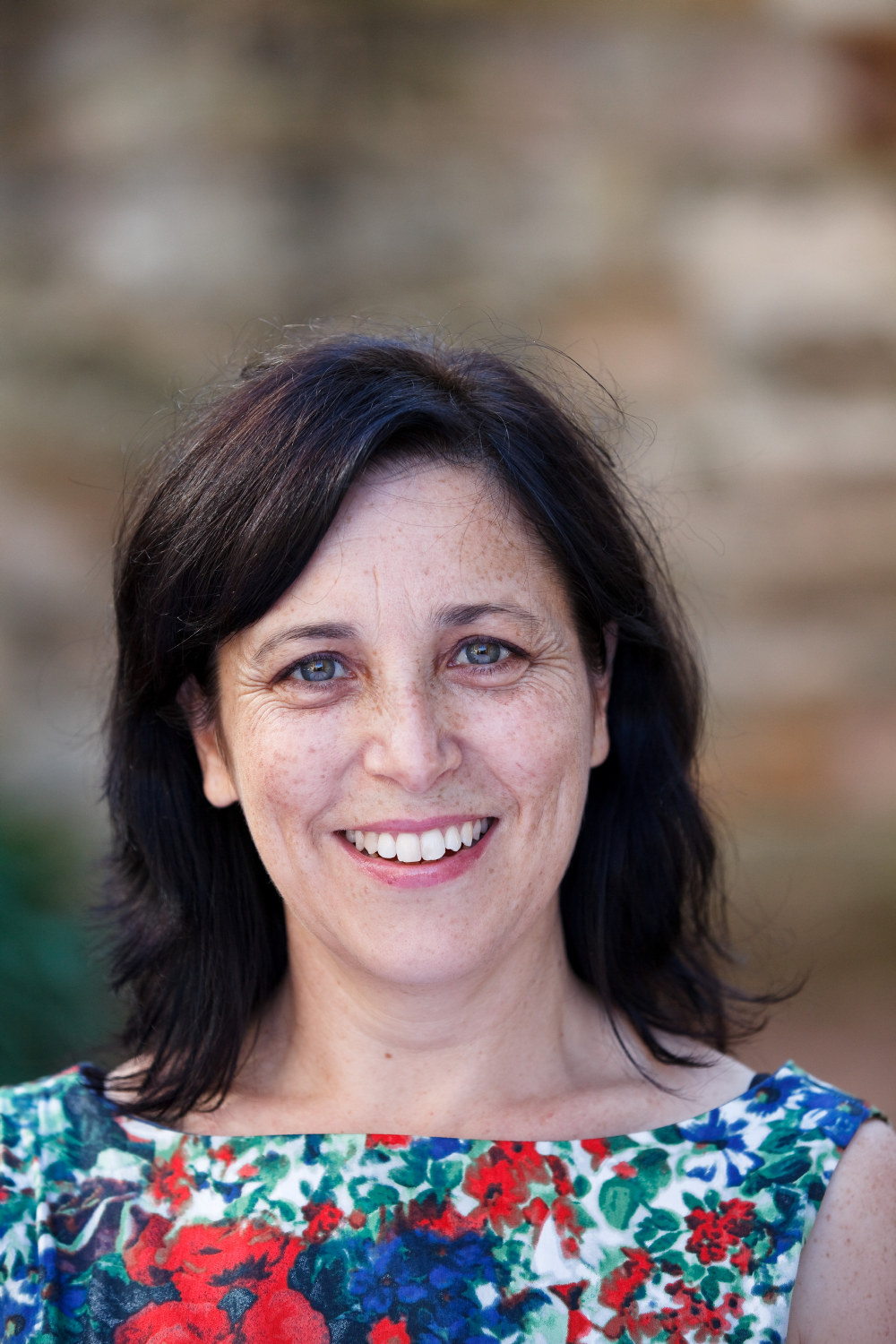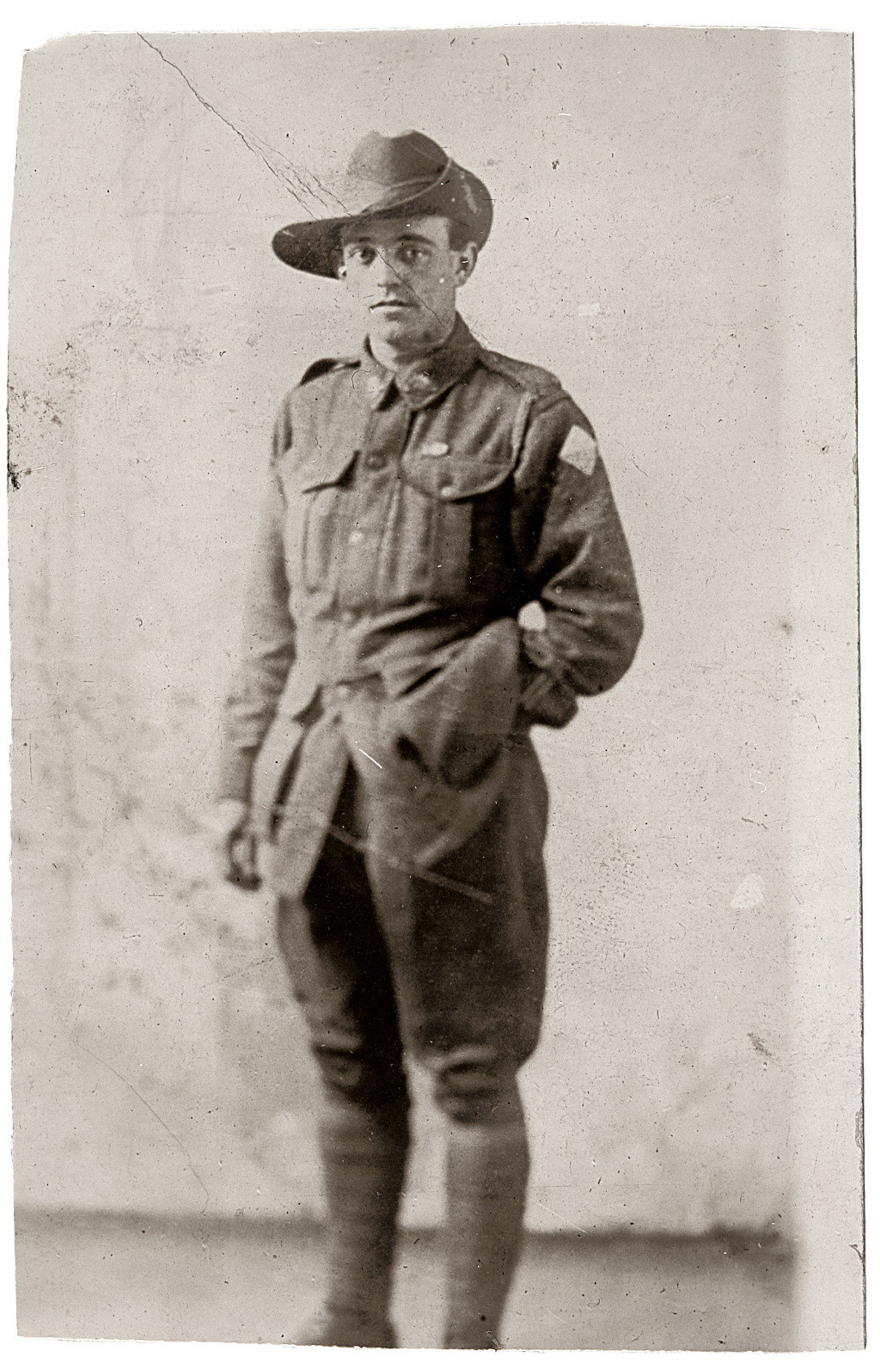The people who called Susannah Place home
Who owned Susannah Place?
The four houses now known as Susannah Place were owned by Edward and Mary Riley. They lived in No 62 and rented the other three out. In 1853 when Edward died, Mary became the owner and continued living in No 62 until her death in 1874. As an owner and resident for nearly 30 years Mary Riley provided a constant and stable presence, unlike the common practice in The Rocks of absentee landlords. In her will Mary left houses 62 and 64 to her granddaughter Mary Ann Finnigan and the other two houses 58 and 60 to the Church of England. Mary Ann and husband John ran the grocer’s shop at No 64 briefly but by 1886 they had moved to Granville.
The ownership of Susannah Place did not change again until 1901 when the state government resumed The Rocks, Millers Point and areas of Darling Harbour following the outbreak of bubonic plague in Sydney. The area was placed under the control of the Sydney Harbour Trust (SHT). Although the Harbour Trust was primarily established to modernise the wharves of the Port of Sydney, the results were more far reaching with hundreds of ‘slum’ buildings demolished, streets realigned and new model-workers tenements constructed for waterfront workers. The SHT also became the landlord of the thousands of tenants who lived in the area, including the Susannah Place tenants. In 1936 the Sydney Harbour Trust was replaced by the Maritime Services Board (MSB). Many of the Susannah Place tenants recalled the MSB as good landlords who maintained the houses well and regularly repainted and renewed the wallpaper throughout the houses.
In 1970 the Sydney Cove Redevelopment Authority (SCRA) became the landlord of 25 hectares of The Rocks. Its charter was to redevelop the area with offices, shops, hotels and high and low-rise housing. This development scheme was strongly opposed by local residents who formed the Rocks Residents Action Group. Faced with higher rents, increased pressure from SCRA to vacate their homes and poor property maintenance, the residents enlisted the support of the NSW Builders’ Labourers’ Federation (BLF). A ‘green ban’ was declared by the BLF on all demolition and new construction work in the area. In 1973 an alternative ‘People’s Plan’ was proposed that advocated the preservation of the historic buildings in the area. By the end of 1973 a compromise had been reached and the green ban was lifted. However, while the historic buildings were saved the strong community was weakened as more and more tenants left the area.
By the mid 1970s Ellen and Dennis Marshall in No 62 were the only tenants left at Susannah Place. They became the unofficial caretakers of the four houses, spending their own modest income on repairs to halt the progress of what Ellen called ‘demolition by neglect’. To deter squatters and vandalism Ellen made curtains for the empty houses, put pot plants out the front and kept the gardens tidy.
In 1988, signifying a change of direction from development to the preservation of the areas’ historic buildings, SCRA dropped the word redevelopment from its title, becoming the Sydney Cove Authority. In 1987 a joint conservation project between the owners Sydney Cove Authority (now the Sydney Harbour Foreshore Authority) and the Historic Houses Trust was established. Susannah Place Museum opened to the public in 1993.
Who lived at 58, 60, 62 and 64 Gloucester Street?
Between 1844 and 1990 over 100 families lived at 58 – 64 Gloucester Street, The Rocks. Some people lived in the houses for many years, others stayed only a few years before moving on. People were constantly moving in and out of houses in The Rocks area – across the road, around the corner or just a few doors down. Connections between the tight-knit working class community are many: families are related through marriage, children went to school together, men worked alongside each other on the wharves. From 1845 to 1935 a grocer shop operated from the front room of No 64 supplying household groceries to the local neighbourhood.
The following tenants list has been compiled from public records such as electoral rolls and City of Sydney Council Rate Assessment Books. Most of these official records usually list the chief tenant; most commonly a male. Children were not listed and women do not appear on electoral roles until 1902 when they achieved the right to vote. Sometimes names remained on electoral rolls after residents had moved out.
Other records such as birth, death and marriage records as well as newspaper notices have given us additional information. Since the museum opened in 1993 former tenants and their descendants have generously shared their family histories with us including the extended family arrangements that were common throughout both the 19th and 20th centuries. Some tenants like the Hughes family in No 58 took in lodgers; mostly waterside workers, to help pay the rent. For nearly six years Alfred Henry Miller and his wife Eliza ran a boarding house at No 62.
This list is continually being updated and corrected by further research. If you are a former resident or a descendant (or think you might be) we would love to hear from you at: askacurator@mhnsw.au.
A note:
The street numbers have changed multiple times since Susannah Place was built in 1844. In 1890 the house numbers changed to the current numbers: 58, 60, 62 and 64.
- 1853 house numbers change to 17, 19, 21 and 23
- 1858 house numbers change to 64, 66, 68 and 70
- 1881 house numbers change to 38, 40, 42 and 44
Published on
Related
Browse all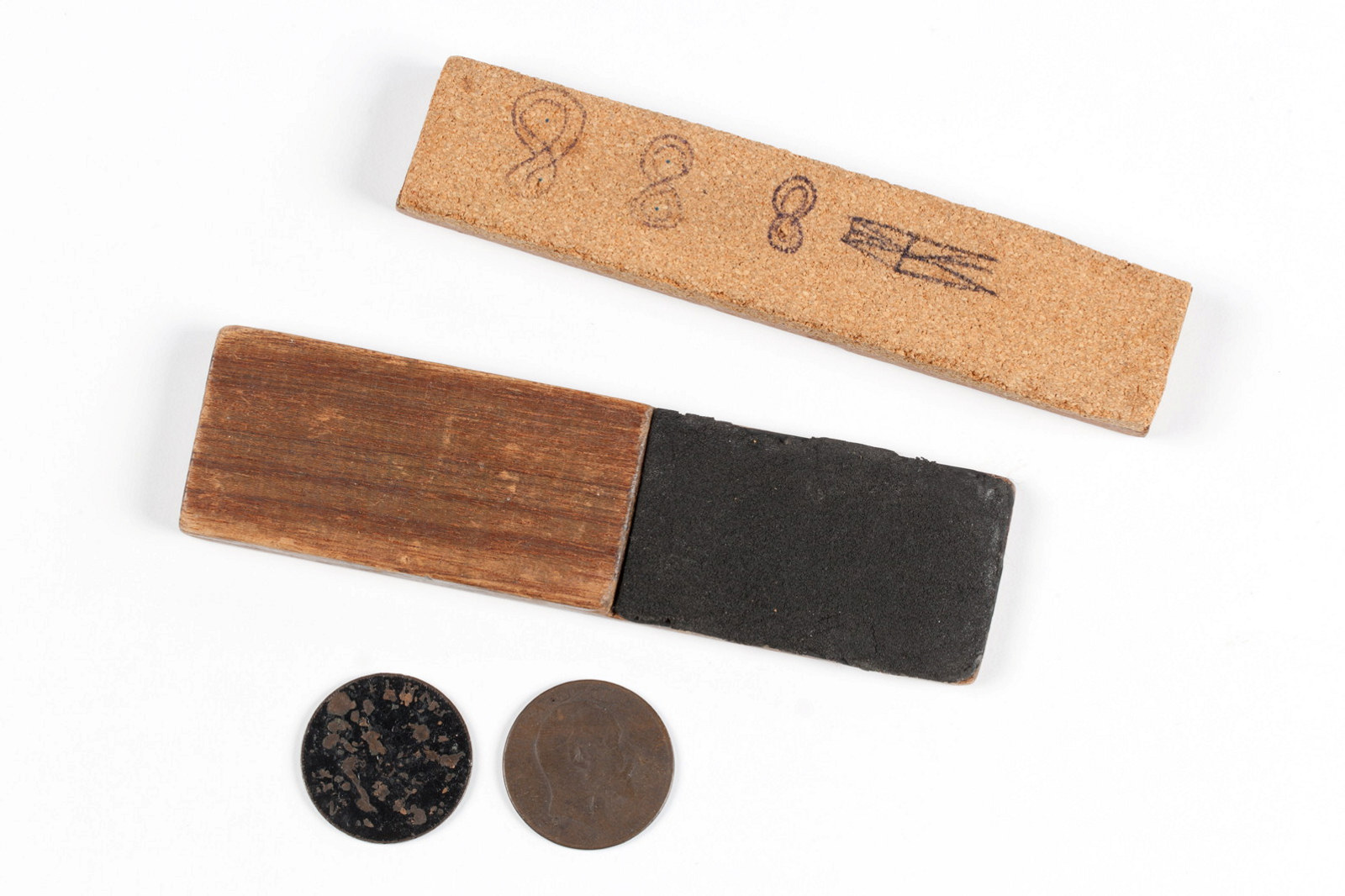
Come in spinner!
Gambling in Australia is regulated by the state and some types of gambling are illegal. The game Two-up, with its catch cry of ‘Come in Spinner!’, is legal only on Anzac Day and only in some states
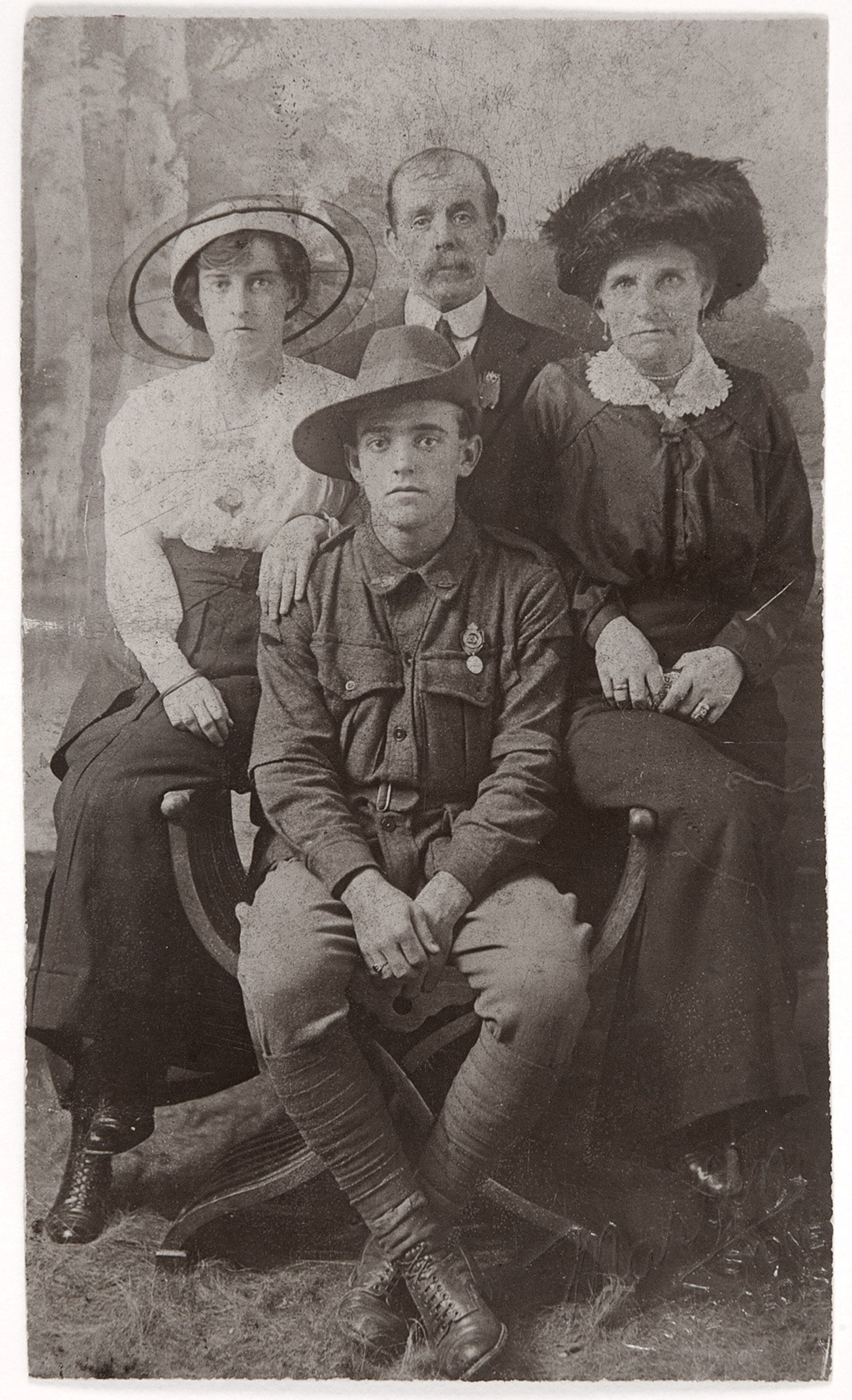
WW1
Ada Gallagher’s war
In 1914, at the outbreak of war, Ada (Adelaide) Gallagher was living with her husband, John, her daughter, Mary, usually known as Girlie, and her two younger sons, Fred and Frank, at 52 Gloucester Street in The Rocks
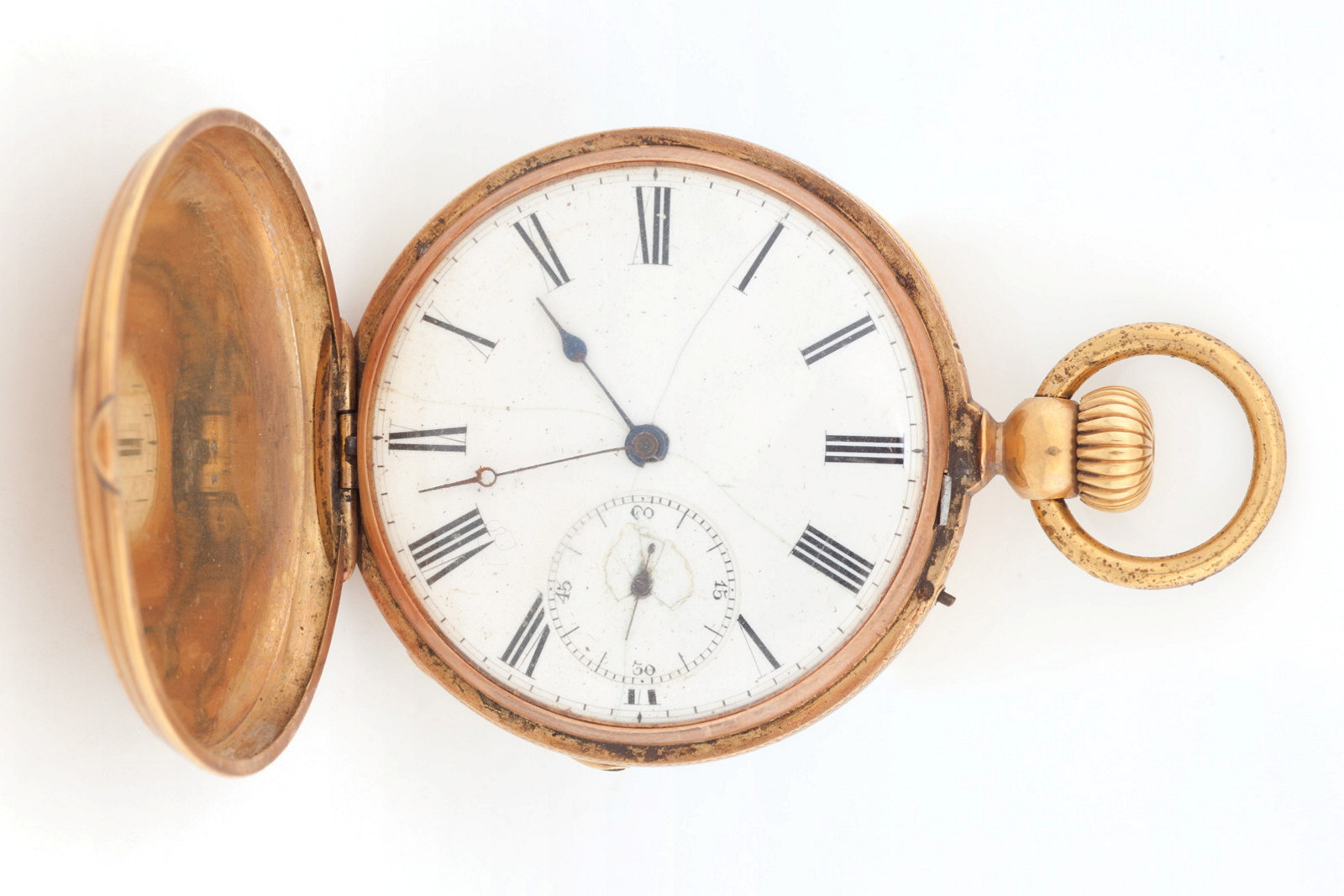
Keeping time
In the eighteenth and nineteenth centuries watches were designed to carried on the person, attached to a waist hook, looped over a belt or as part of a chatelaine in the case of women
